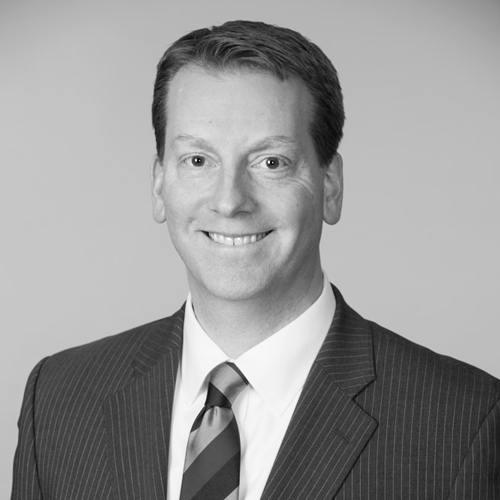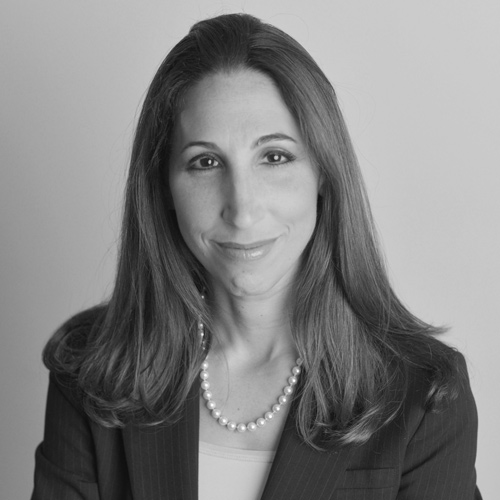Modern Counsel: What was the state of LG Electronics’ legal function when you joined?
Richard Wingate: There was a legal department at headquarters in Korea that was expanding globally, but there were no lawyers in the United States.
MC: How did you go about building the US legal department?
RW: I had some framework presented by headquarters. For example, they had contract management and litigation management systems they wanted us to use. And my right hand was a liaison officer in Korea, who wasn’t an attorney but understood headquarters’s processes. Beyond that, I had to build the function from the ground up.
LG Electronics USA’s Legal Function
by the numbers
1
general counsel
4
paralegals
(two permanent employees,
two temporary)
7
attorneys
(five permanent employees,
two temporary)
8
US business divisions supported
MC: How did you do that?
RW: This is an organization in which you have to build trust; it’s cultural. So I spent the first six months showing them I knew what I was doing and was a trustworthy person.
MC: What did you see as the biggest need?
RW: Training of the business. I did a tour of offices across the country, giving the basic antitrust, advertising, and compliance training to ensure we had a solid foundation. Many of the locals were familiar with this stuff, for the most part, but we had, at that time, a lot of foreign service employees (FSEs), and it was new to them.
MC: Did you have to establish procedures and documents?
RW: There were some standard contracts left over that had been used at a subsidiary, Zenith, so I revised them as necessary and got them in order, one division at a time, moving as quickly as I could. Of course, there were always emergencies that had to be dealt with, so I faced some obstacles along the way.
MC: When did you bring on staff?
RW: I hired an assistant whom I shared with my Korean liaison about three months in, but it took a year for me to hire my first attorney. In the early days, I really relied on a cadre of outside counsel I knew I could trust. Some of them acted almost as in-house counsel for a while. I built from there, adding generalists first, then specialists in human resources, then some part-time help with customs and logistics. It was really about plugging gaps in the most creative ways I could find until we could build up the expertise we needed.
MC: How long did that take?
RW: I got to a fairly comfortable place in two years, then a much higher competency level after five years. Initially, we were covering only home appliances, home entertainment, air conditioning equipment, and some original equipment manufacturer businesses. But seven years in, we merged with the mobile company, which had its own legal department in San Diego reporting to me with a dotted line. That took my group up to 14 people for a while, but as we were seeking efficiencies and the mobile business declined for a while, we downsized to ten, which is about where we are today. Now the mobile business is improving dramatically, so I hope we will be adding staff soon.
MC: What have been some of the challenges of this effort?
RW: Put simply, the single biggest challenge was educating people about how the US legal system works and how much it costs. The cost of US litigation came as quite a shock to some managers. It really takes the alignment of legal, IT, and the business, and that was complicated by the fact that most of the people in IT were Korean speakers with no concept of American litigation. There was a long education process. Another challenge was getting some of the FSEs to understand the importance of contracts. Frankly, a lot of businesspeople don’t understand the importance of contracts, local or foreign. The idea that we should negotiate contracts instead of simply signing form agreements with customers and vendors was a shock to some. It took a while to build up enough staff so we could handle most contract negotiations in-house.
MC: Do you have any advice for other attorneys seeking to tackle such big initiatives?
RW: Be ready to work hard and long hours, particularly in the beginning. And be patient—you can’t fix everything overnight, so prioritize. Where are the big risk exposures, legally? Which will cost a lot and/or take a lot of time and effort? Those are the ones you want to bring to the attention of senior management. The last thing you want to do is have senior management be surprised by a government investigation or the unexpected costs of litigation because you did not plan for those eventualities.
MC: How do you identify those risks?
RW: It depends on your industry and company, but to identify the big risks, we used grids, mapping the likelihood of a violation occurring on one axis and the impact on the other. A big risk here is antitrust, which is a risk any time you’re in a sales environment in which there are opportunities for competitors to meet each other. We also have product-regulation risk, as a lot of our products are heavily regulated by the Federal Communications Commission, the Department of Energy, and the Environmental Protection Agency, to name just a few. We built a a compliance program early on to meet these risks.
MC: What were some of the philosophies that guided you?
RW: I try to teach people that you should avoid saying “No” to your clients on a regular basis. My boss at Sony taught me that if all you do is say “No,” your clients will stop coming to you and asking questions, and that’s when bad things happen. There are often several ways to get to “Yes” legally. But it’s an art. It’s the in-house counsel’s role to find the one that’s safest and least restrictive and still meets the client’s objective.

